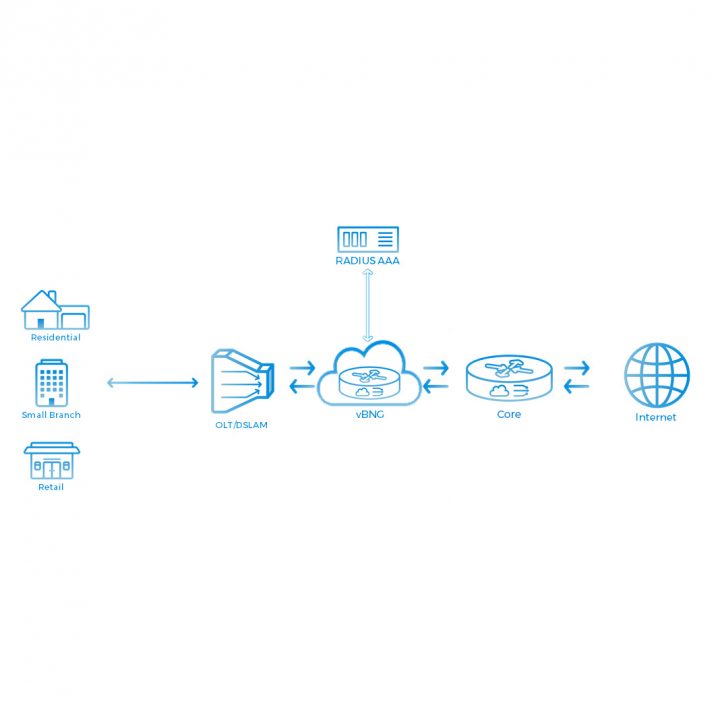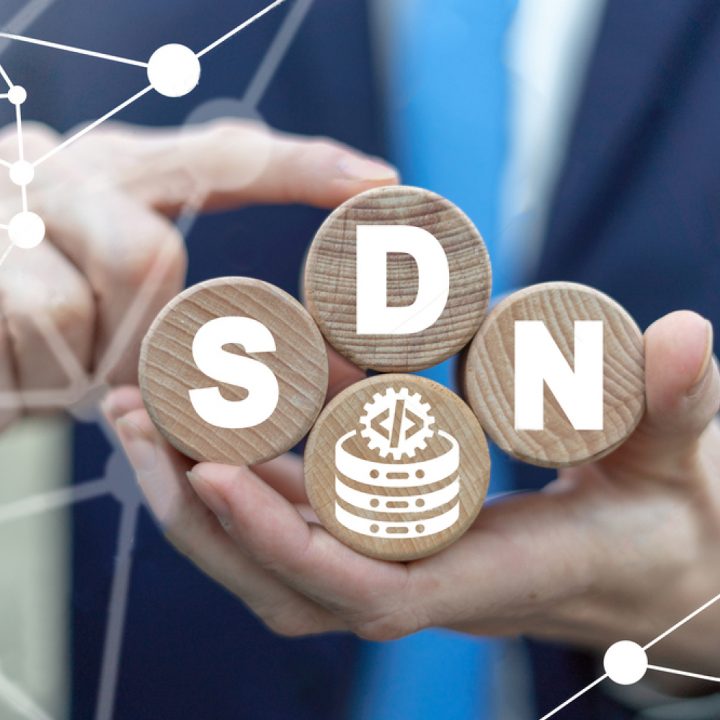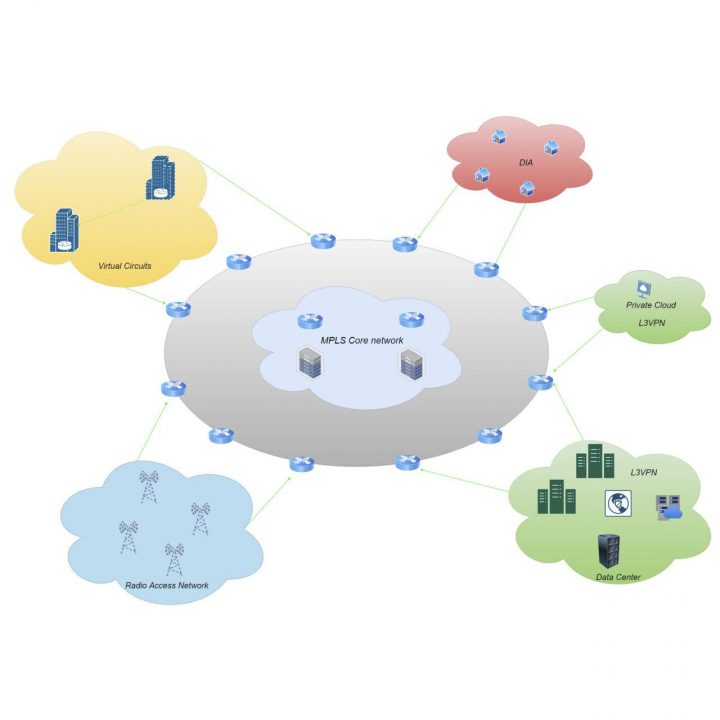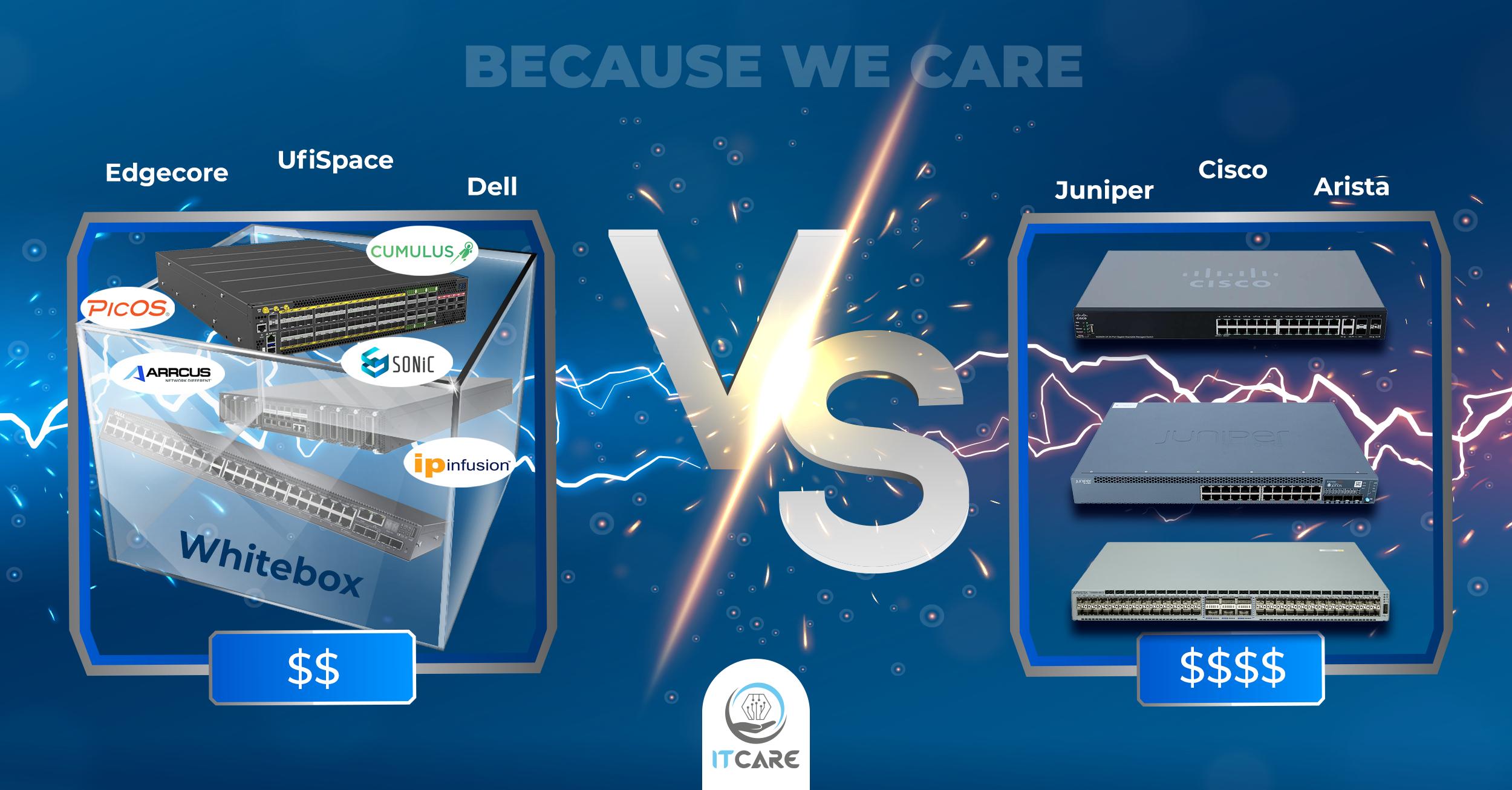In recent years, Open Networking has surged in popularity, with an array of vendors offering White Box switches and Open Networking Operating Systems. Companies like Edgecore, UfiSpace, and Dell have entered the fray, alongside NOS providers such as SONiC, Arrcus, IP Infusion, Cumulus and Pica8. The appeal is undeniable, especially when giants like Alibaba, Tencent, Microsoft Azure, Comcast, Softbank and eBay openly embrace these solutions.
Whitebox Switches:
Whitebox switches are essentially hardware-agnostic network switches that allow for flexibility and customization in terms of both hardware and software. Unlike traditional proprietary switches, which come bundled with hardware and software from the same vendor, whitebox switches separate the hardware and software components, enabling users to choose hardware from various manufacturers and run an operating system (OS) of their choice.
Hardware Composition:
- Whitebox switches typically use commodity off-the-shelf components, including merchant silicon chips (e.g., Broadcom, Mellanox) for packet forwarding and processing.
- They may include standard interfaces such as Ethernet ports (1G, 10G, 25G, 40G, 100G) and support for various protocols and features.
- These switches often come in various form factors, including fixed-configuration and modular chassis designs, catering to different network requirements.
What does open network operating system mean?
Open Network Operating Systems refers to the software component of an open networking solution. It provides the intelligence and control necessary to manage and operate the network infrastructure. Open Networking NOS solutions are built on the principles of disaggregation, allowing users to choose hardware independently from the software and enabling greater flexibility, innovation, and cost-effectiveness.
Key Components and Architecture:
- Open Networking NOS solutions typically comprise multiple modular components that handle different aspects of network functionality, such as forwarding, routing, switching, and management.
- These components may include:
- Forwarding Plane: Responsible for packet forwarding and processing, implemented using merchant silicon or FPGA-based forwarding ASICs.
- Control Plane: Handles routing protocols, network topology discovery, and network-wide policy enforcement.
- Management Plane: Facilitates network configuration, monitoring, and automation through APIs and management interfaces.
- Orchestration Layer: Coordinates the deployment and provisioning of network resources, often integrating with higher-level orchestration frameworks.
- Vendors offering Open Networking NOS solutions may adopt different architectural approaches, such as fully integrated stacks or modular frameworks that allow for customization and extension.
- Open Networking NOS solutions often embrace open standards and protocols, enabling interoperability with third-party software and hardware components.
ITcare experience with Open Networking NOS:
However, like with any new technology, there are challenges along the way. At ITcare, the experience with Open Networking NOS revealed challenges that tested the resilience of our customers patience and network. Issues like unstable MC-LAG implementations leading to broadcast storms, stale routes in the routing table that we needed to jump through casting spells, using obscure commands to sync some databases, just to get rid of them, or, after moving virtual machines, old ARP entries would stick around longer than expected. There were more and more situations where unstable operation of Open Networking NOS was causing customer’s frustration.
While the support and agility of the Open Networking community were impressive, many of our customers ultimately found themselves reverting to familiar, trusted solutions from established vendors like Juniper, Cisco, Arista, Nokia, and Dell. The reliability, feature completeness, and robustness of these offerings was the key in ensuring the stability and performance of their networks.
Conclusion:
Of course, it’s essential to acknowledge that experiences vary, and some organizations continue to thrive with Open Networking solutions. The endorsements from industry titans like Microsoft Azure, CoreSite, Red Hat, Softbank, and eBay underscore the efficacy of these alternatives in the right contexts.
So, where does the balance lie? How do you navigate the choice between battle-tested solutions from industry giants and the appeal of cost-effective, flexible Open Networking options? We invite you to share your experiences and insights.
What’s your take on Open Networking NOS? How do you weigh the decision between established vendors and Open Networking solutions? Share your thoughts in the comments below!







